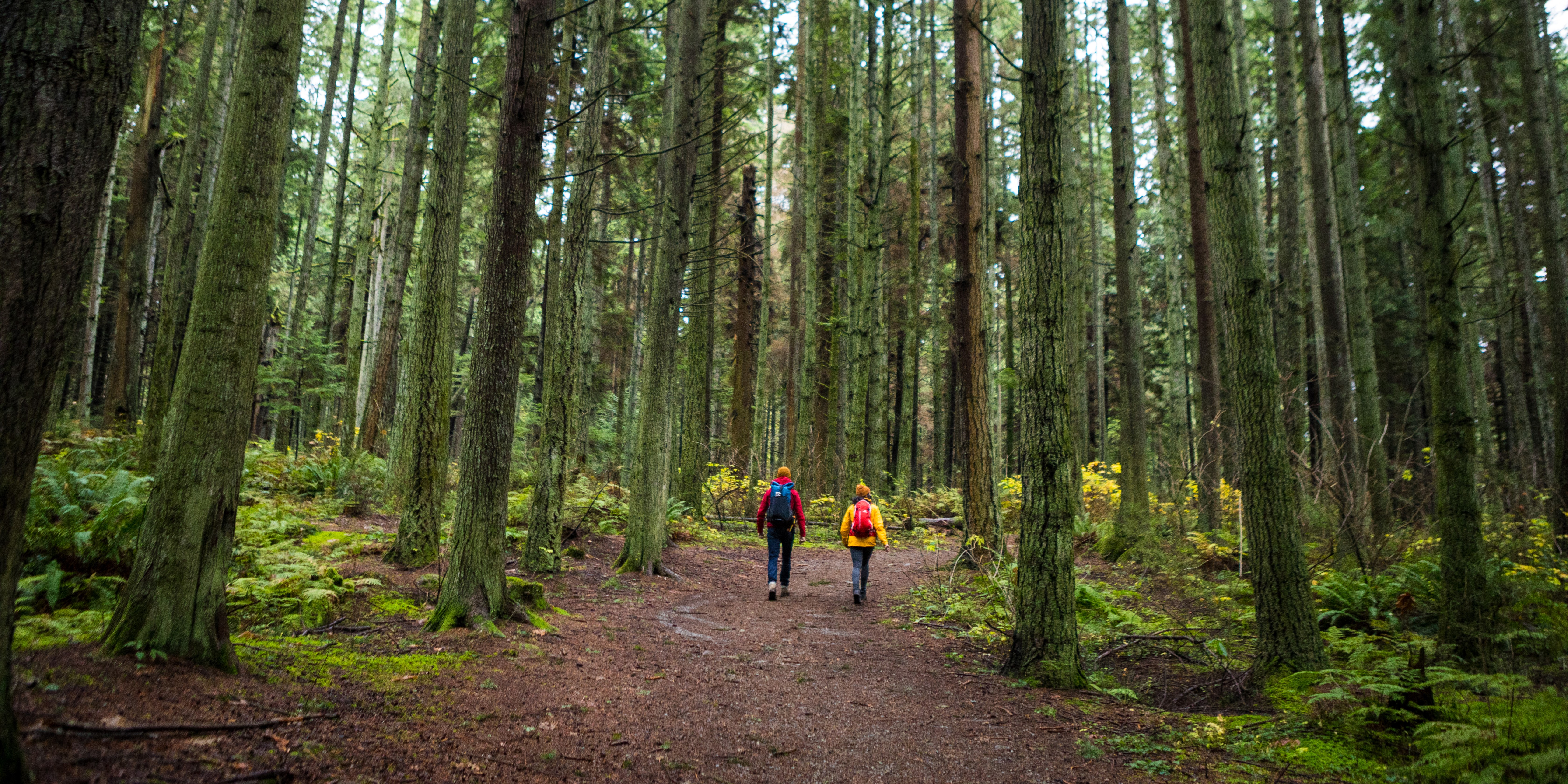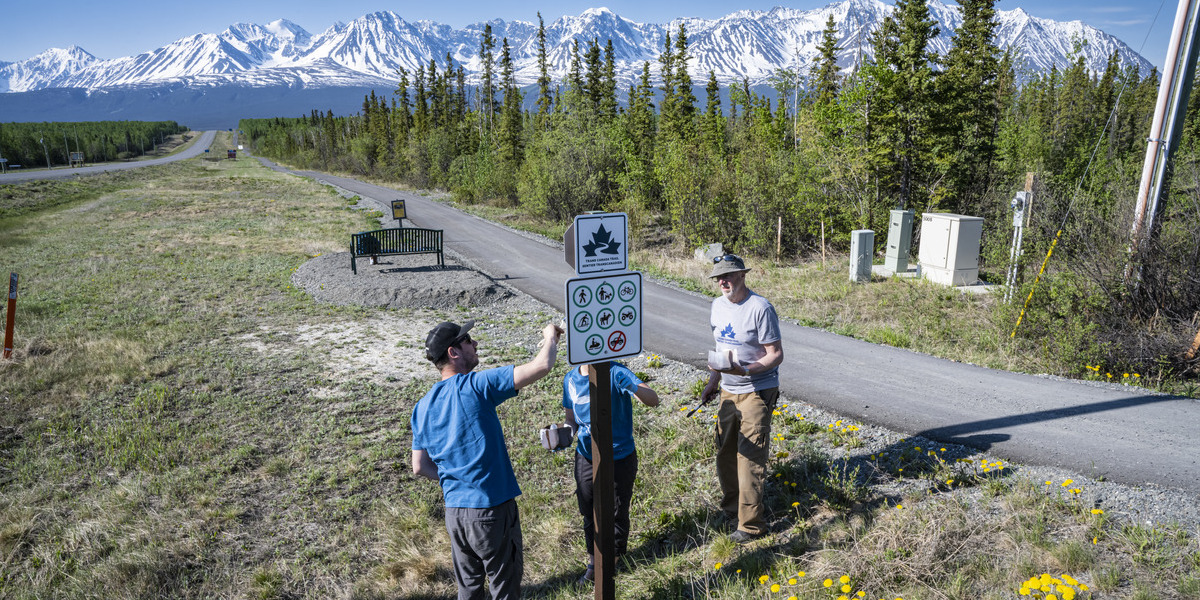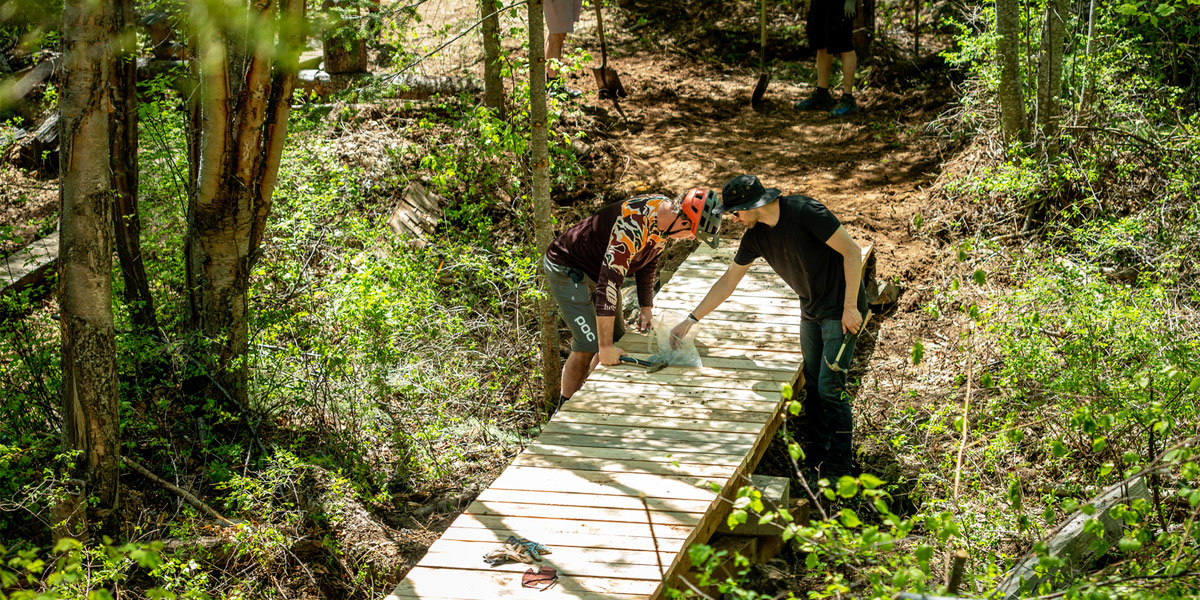Trans Canada Trail Releases Trail Classification Guidelines

National Guidance Will Assist Trail Groups and Trail Enthusiasts to Ensure Consistency and Safety
Montreal – Trans Canada Trail (TCT) is pleased to release Canada’s first National Guidelines for Classifying Multi-Use Trails in Canada. A resource for all trail organizations, trail managers and trail enthusiasts across Canada, these guidelines will be shared with TCT’s 500+ local trail groups who manage the local trail sections within the TCT network.
They will also be made available for use by all local trail groups and municipalities across Canada, as a way of encouraging consistency so as to enhance trail experiences. The guidelines were developed in consultation with trail groups, trail users and governments across the country.
“We are enormously proud to release the guidelines, and to lead a national conversation on how trails in Canada are classified,” said Eleanor McMahon, President & CEO, Trans Canada Trail. “Over a year in the making, and the result of significant consultations, these guidelines establish a best-in-class classification system that will assist in creating a consistent trail experience locally, nationally and internationally. The release of these guidelines will also help support the tourism industry and local communities with the growth of trail tourism, visitor-centered investments, and the promotion of trails to appropriate target markets,” McMahon added.
“As the steward of the world’s longest multi-use recreational trail, we developed these guidelines in response to an identified need for the sector to develop and deliver a visitor-centred approach to trail classification. As the trail sector leader in Canada we see this as an important opportunity to provide guidance on what can be a challenging endeavour given the vast range of trail experiences across the country. Our desire is to create a consistent approach to describing and classifying trail experiences so as to ensure a safe and enjoyable experience for Canadians and visitors,” McMahon noted.
These guidelines will help organizations within the trail ecosystem to:
- Classify trails and communicate the classification to trail enthusiasts
- Define the visitor experience a trail offers and select the most appropriate market segments; and
- Evaluate a trail’s tourism readiness, and promote it accordingly
“Trails are one of the most desired recreational resources in Canada. Trails are also tourism drivers that bring important economic benefits to communities across the country, and help to attract and retain residents through enhanced livability, and support businesses and investment.
As Canada, and the world, continue to navigate and recover from COVID-19, our trails in Canada – including the Trans Canada Trail – have tremendous potential as travel and tourism assets, both domestically and internationally,” McMahon noted.
As a first phase, over the next two to three years, the trail classification guidelines will be shared directly with trail operators, managers and planners across the country. They will then be guided on how to collect and categorize data about their trails, to inform their decisions on how best to classify their local trail system. The collected data will then be made available to trail users through the platforms of Trans Canada Trail and local trail groups.
“These guidelines will empower those involved in trail design, management and operations, with a view to addressing our shared priority – ensuring a safe and enjoyable trail experience,” said McMahon.
“It is our great hope that all of our 500+ local trail operators, along with provinces, territories and other jurisdictions will adopt these guidelines so that there is a consistent understanding of trails across the country. Indeed, there is tremendous interest already. By providing these tools we are facilitating consistency in trail information that will facilitate informed choices by trail enthusiasts no matter where they are in the country; a safer experience by understanding the varying levels of difficulty of trails and how to prepare; and the ability to match their trail experience with their desired tourism experience,” McMahon added.
See the National Guidelines for Classifying Multi-Use Trails in Canada here.
Interviews are available, on request, with Eleanor McMahon, President & CEO, Trans Canada Trail.
– 30 –
Media Contact
Angela Garde
PR & Communications Manager, Trans Canada Trail
T: 1.800.465.3636 ext. 4358
agarde@tctrail.ca
About Trans Canada Trail
The Trans Canada Trail is the world’s longest network of multi-use recreational trails. The Trail stretches more than 28,000 km – and continues to grow – across every province and territory. It’s a showcase of Canada’s diverse landscapes and cultures, and a sustainable national asset that fosters unity, collaboration and connectedness. Our national trail is managed by local trail groups and partners who work in conjunction with Trans Canada Trail, a registered charity.

















